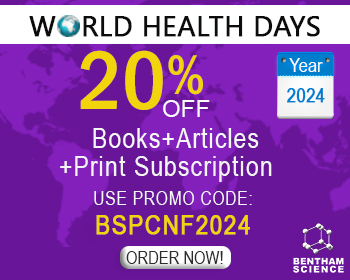Abstract
Background: Anthocyanins are water-soluble photo-protective compounds which rapidly degrade in aqueous environments. Stability as well as skin permeation and UV protection are of concern in the development of sunscreen products from anthocyanins. An anthocyanin complex (AC) was developed and tested for its feasible applications as a sunscreen in in vitro.
Methods: Two sources of anthocyanins used as the main components of AC were aqueous extracts of Clitoria ternatea (CT) and Rosa damascena (RD). Total anthocyanins in solutions of AC, CT and RD, randomly sampled after storage at various pH and temperatures, were quantified by pH differential method. Cell viabilities of human keratinocyte (HaCaT) and human forehead fibroblast (HFF) exposed to AC were determined by MTT (3-(4,5-dimethylthiazol-2-yl-2-yl)-2,5-diphenyltetrazolium). In in vitro permeation tests, total phenolic contents permeated from AC, CT and RD through porcine skin were analyzed by Folin-Ciocalteu assay, and, the porcine skin was cross-sectioned for fluorescent stereomicroscopic photographing. The effects of UVA radiation on the skin were compared between pretreatment with AC and blank and subjected to ATR-FTIR spectroscopy (between 800 to 4,000 cm-1). Results: Total anthocyanins of AC in aqueous solutions were not affected by pH between 2-9 nor storage temperatures between 4-50ºC for 7 days, whereas those of CT and RD were decreased in pH- and temperature-dependent manners. AC was not cytotoxic to human keratinocytes and human fibroblasts up to 1 mg/ml. In vitro skin permeation of total reducing contents was AC < CT < RD, through porcine skin, of which fluorescent stereo-microphotographs revealed that AC accumulated in the uppermost layer, while CT and RD diffused in the deeper layers. ATR FTIR revealed that biochemical changes around the regions of hydroxyl groups, lipids and proteins in excised porcine skin exposed to UVA for 4 h were retarded by AC pretreatment. Conclusion: The potential of AC as a topical sunscreen has been demonstrated due to its noncytotoxicity to the skin cells, improved stability of total anthocyanins, and localization at the skin surface where it exerts UVA protection.Keywords: Anthocyanins, complex, stability, cytotoxicity, skin permeation, UV protection, attenuated total reflectance infrared (ATR-IR).


























